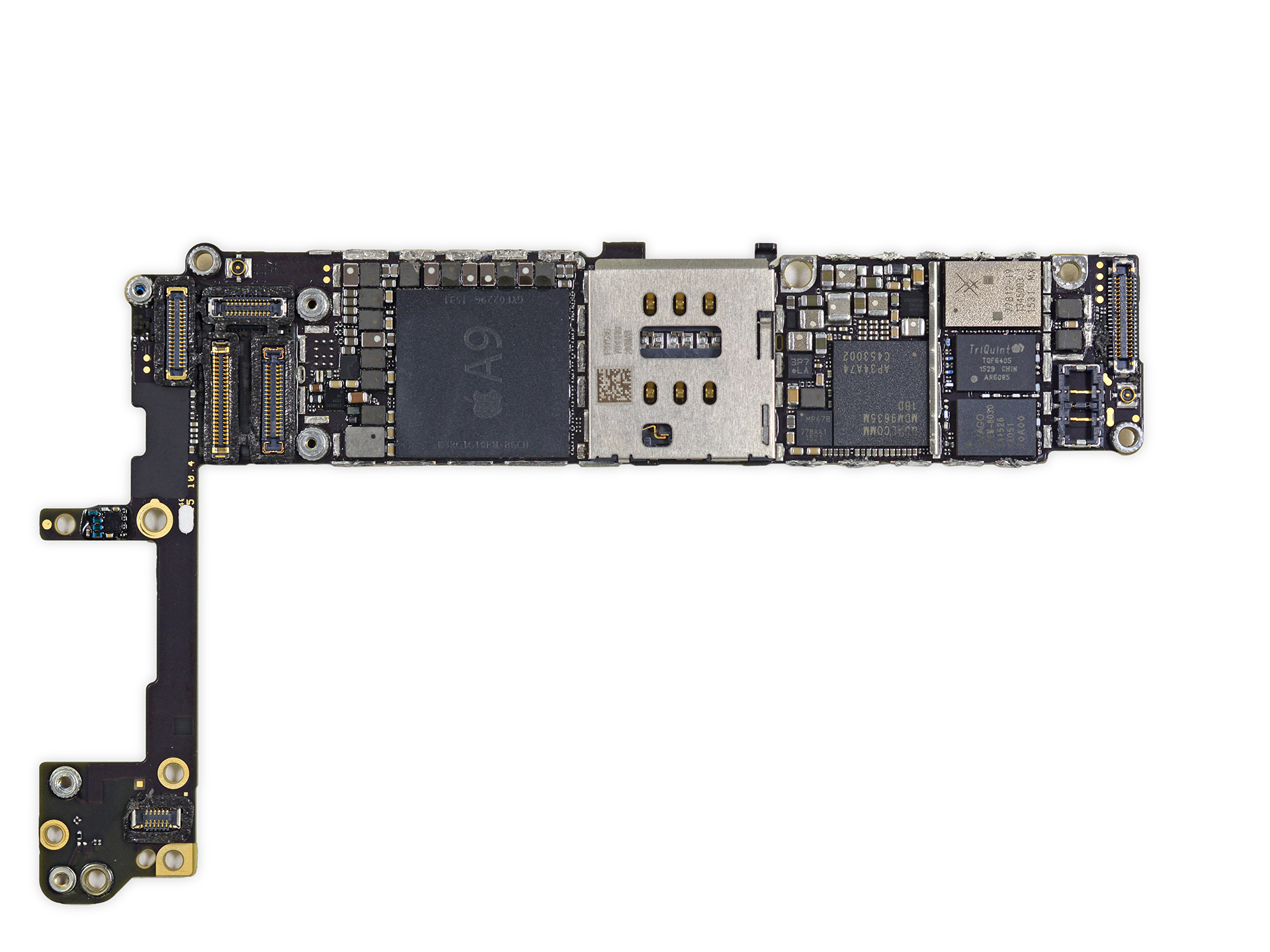TSMC 16nm FinFET 與 Samsung Electronics 14nm FinFET 製程的話題越來越熱鬧。
iPhone 6s 與 iPhone 6s Plus 所使用的 Apple A9 SoC 證實有兩個來源之後,話題從沒間斷,特別是效能表現與續航力部分。
效能方面似乎沒有太大差異,但根據一些網路的測試來看,目前 TSMC 生產的 Apple A9 似乎要比 Samsung Electronics 的要好不少,然而在 Apple 的觀點中,兩者其實並沒有多大的差異。
With the Apple-designed A9 chip in your iPhone 6s or iPhone 6s Plus, you are getting the most advanced smartphone chip in the world. Every chip we ship meets Apple’s highest standards for providing incredible performance and deliver great battery life, regardless of iPhone 6s capacity, color, or model.
Certain manufactured lab tests which run the processors with a continuous heavy workload until the battery depletes are not representative of real-world usage, since they spend an unrealistic amount of time at the highest CPU performance state. It’s a misleading way to measure real-world battery life. Our testing and customer data show the actual battery life of the iPhone 6s and iPhone 6s Plus, even taking into account variable component differences, vary within just 2-3% of each other.
Apple 相當罕見地對 A9 SoC 以及續航力發出聲明。
在聲明中,Apple 強調 iPhone 6s 以及 iPhone 6s Plus 所使用的 Apple A9 SoC 是目前最先進的智慧型手機用處理器。不論是來自哪一個供應商,每一顆晶片都符合 Apple 最高標準來提供最佳表現以及續航力。
透過連續壓力測試進行續航力測試,這並不能代表實際使用情境,因為這中間耗費太多的處理器效能。
Apple 最後提到,兩家 SoC 在實際續航力表現約 2 – 3% 的差異。
以資料量化的條件,Apple 提供的數據可能會比網路上的具有更高的可信度,畢竟網路上的案例只是數百台之多。然而這中間到底出現什麼問題,造成兩款同樣設計架構的 SoC 在測試下有如此大的差距,我們推測可能是處理器的電壓差異,不過類似問題並沒有任何數據佐證。晶片都會有所謂的工作電壓,因此 16nm FinFET 與 14nm FinFET 工作電壓可能不同,此外,在高負載的情況下,14nm FinFET 製程的 Apple A9 功耗可能高於 16nm FinFET,以至於測試軟體高負載情況下,TSMC 版本續航力表現較 Samsung Electronics 高的原因。
對於消費者來說,Apple A9 使用 Samsung Electronics 或是 TSMC 一點都不重要,因為 Apple 並不會對於兩款處理器會有任何差別對待,若過程中出現重大錯誤,Apple 也會第一時間針對裝置進行回召,好比 iPhone 6 Plus 的鏡頭問題。
可以肯定的,近期的話題會繼續圍繞在 iPhone 6s 與 iPhone 6s Plus 的 A9 SoC 上。
